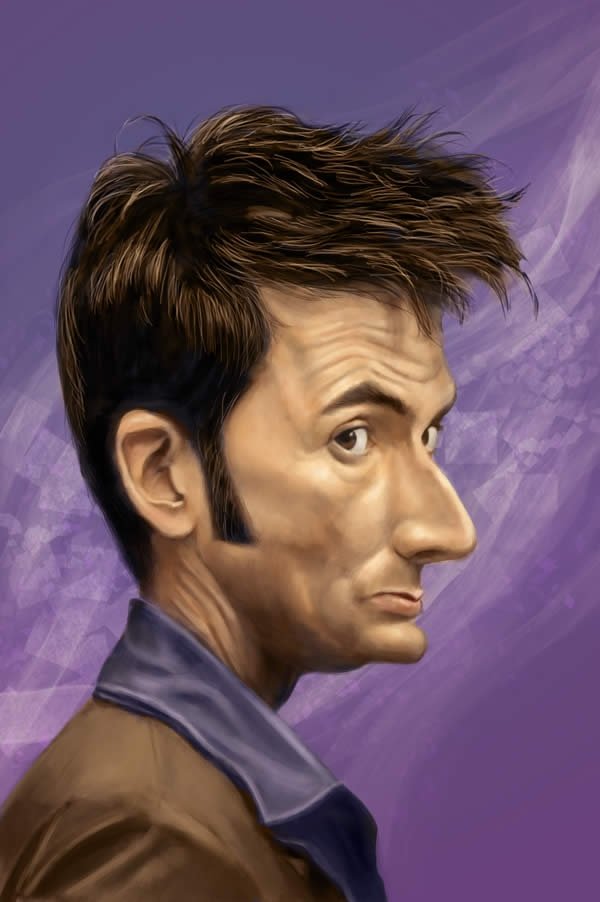|
|
Celebrity Caricature
|
An interesting aspect of some computer graphic systems is that by necessity they require quite different skillsets to caricatures created on paper. Thus using a computer in the digital production of caricatures requires advanced knowledge of the program's functionality. Rather than being a simpler method of caricature creation, it can be a more complex method of creating images that feature finer coloring textures than can be created using more traditional methods.
A milestone in formally defining caricature was Susan Brennan's master's thesis in 1982. In her system, caricature was formalized as the process of exaggerating differences from a mean face. For example, if Prince Charles has more prominent ears than the average person, in his caricature the ears will be much larger than normal. Brennan's system implemented this idea in a partially automated fashion as follows: the operator was required to input a frontal drawing of the desired person having a standardized topology (the number and ordering of lines for every face). She obtained a corresponding drawing of an average male face. Then, the particular face was caricatured simply by subtracting from the particular face the corresponding point on the mean face (the origin being placed in the middle of the face), scaling this difference by a factor larger than one, and adding the scaled difference back on to the mean face.
Though Brennan's formalization was introduced in the 1980s, it remains relevant in recent work. Mo et al. refined the idea by noting that the population variance of the feature should be taken into account. For example, the distance between the eyes varies less than other features such as the size of the nose. Thus even a small variation in the eye spacing is unusual and should be exaggerated, whereas a correspondingly small change in the nose size relative to the mean would not be unusual enough to be worthy of exaggeration. Leopold et al. found that individual face-recognizing neurons in the inferotemporal cortex respond more strongly to caricatured faces than to the veridical representations of the same face, and suggest that the visual brain may code faces relative to a prototypical face, consistent with Brennan's formalization.
|
|









